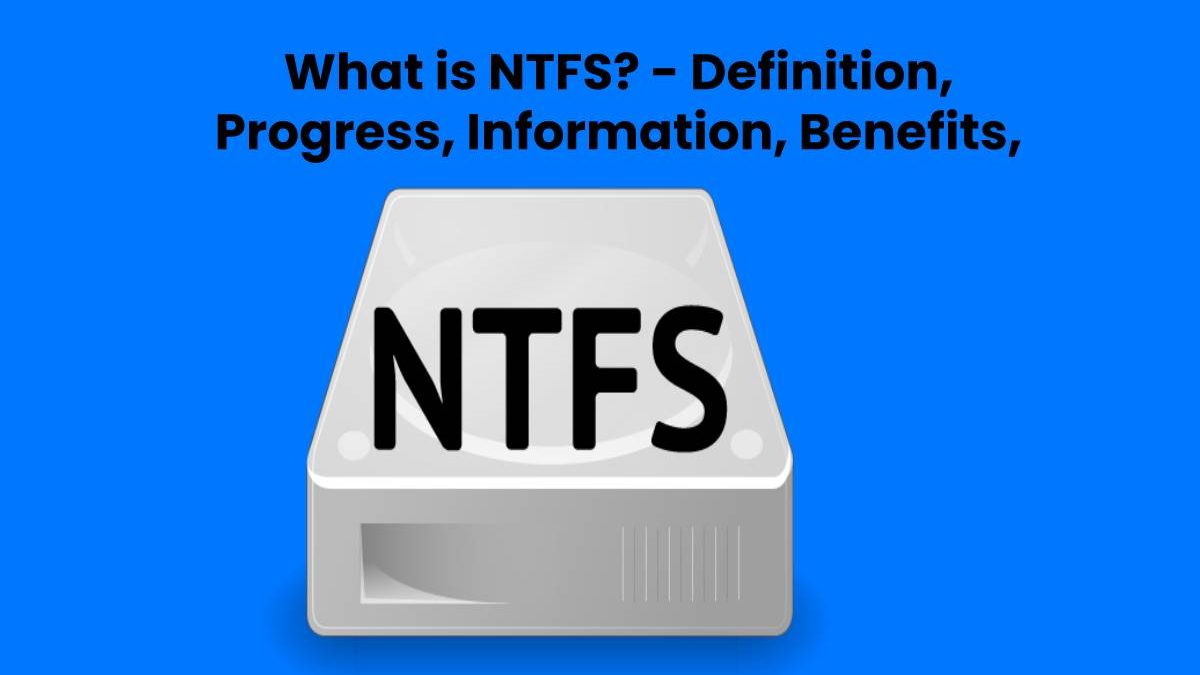Table of Contents
Definition NTFS
New Technology File System (NTFS) With the start of Windows NT 3.1, back in 1993, Microsoft introduced a file system capable of taking advantage of the new security possibilities offered by this OS (operating system) based on the NT kernel.
The NTFS turned out to be much safer and more efficient when storing our data.
Great progress with NTFS
NTFS is an advanced file system that gives advance features that are not present in any version of FAT like, performance, security, reliability. NTFS guarantees volume consistency through standard transaction logging and recovery techniques.
If errors occur on a system, NTFS uses the log file and checkpoint information to restore the consistency of the file system.
Starting with Windows 2000 and Windows XP, NTFS also began to provide advanced features. Such as file and folder permissions, encryption, disk quotas, and compression.
Information as a priority
The NTFS virtues include the implementation of an individual security system for each of the stored files. Also its ability to create backups of the most critical information in the system for subsequent recovery in the event of a disaster.
It uses an MBR, in addition to a partition table. Which houses the relevant information about the logical drives defined on the disk. These elements are responsible for determining what backup on a partition can be used to start the operating system.
This file system automatically makes a backup copy of the boot sector. So that it will be the resource that the recovery programs will access in a possible case of loss of this information. FAT, however, does not generate any backup, making its recovery much more complicated.
The most important file of how many contain an NTFS partition is called MFT and houses a list of identifiers, properties, and the location of the data provided in it. The implementation of these components of the file system allows us to deal with the logical deletion of a file by marking it as deleted. Even if it is not yet physically removed.
This operating scheme allows data recovery applications to safeguard information, even if it expressly deleted by the user.
Benefits of NTFS
The NTFS, embedded at home in Windows XP, carried the security necessary to access the network with maximum guarantees. This solution provided benefits related to the confidentiality and organization of data. Such as the quota system, file encryption, or volume mounting, among others.

